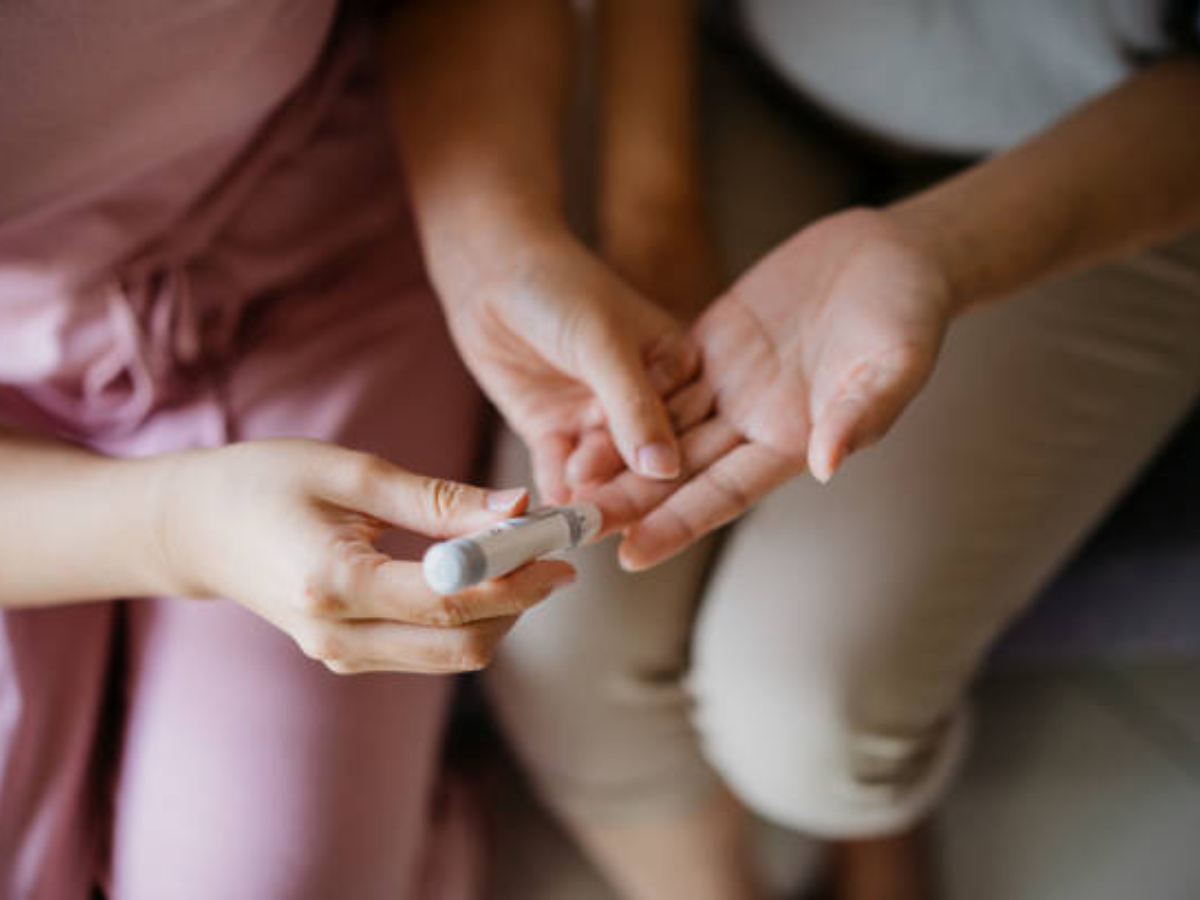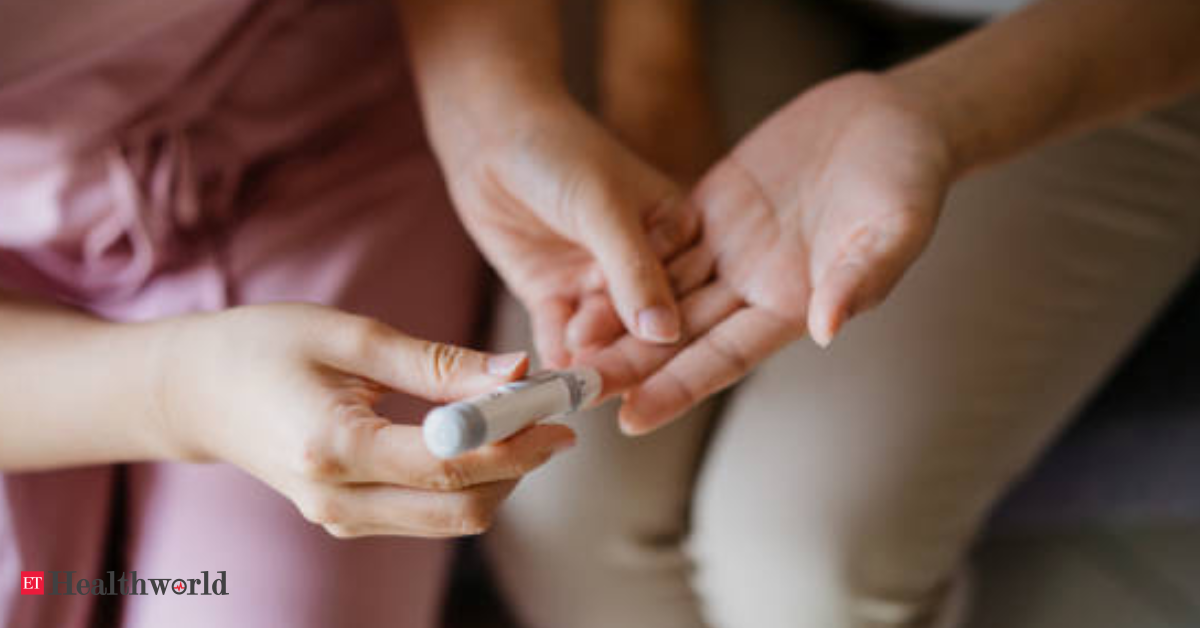
Indianapolis: Researchers from the Regenstrief Institute showed that continuous glucose monitors and other wearable devices present wearability and use issues for patients and their carers when used by older persons with Type 1 or Type 2 diabetes to test and control low blood sugar.
“This is a whole area of health technology that needs study. There’s hardware involved, which is the device itself. There’s software involved, which is reading, organizing, interpreting and communicating the data from the device. Knowing how the technology works in the real world and the impact of the technology on usability and ultimately on health outcomes is important,” said Michael Weiner, M.D., MPH, who led the study.
In an initial trial of continuous glucometer use, faulty device adhesive – a serious wearability challenge – and patient difficulty in interpreting graphs produced by the device, were noted. In a subsequent trial, 70 older adults with diabetes wore glucometers and activity monitors, and used smartphones and electronic medication bottles to track and manage blood sugar over a two-week period.
During these two weeks of monitoring, nearly three-quarters of the study participants experienced low blood sugar levels, often serious in magnitude. Among these 70 patients, two-thirds of whom were African American and more than half of whom were female, nearly one in four indicated that prior to the study, they had not checked blood sugar.
Diabetes is more common in the older population than the general population, with as many as one in five older adults having the disease. Hypoglycemia, also known as low blood sugar, is especially common in people with diabetes because of their medical condition as well as treatment that they receive for it. Both diabetes and hypoglycemia convey independent risks for dementia. Diabetes confers approximately a two-fold increased risk of dementia. The frequency of low blood sugar episodes among people with diabetes adds to that risk of dementia, independently.
Among the major findings of the study: Study participants found the glucose monitors and other wearable devices tricky to use, suggesting a need for device manufacturers to improve wearability and usability of the devices.
Study participants were very interested in understanding their numbers (such as glucose levels) and the implications of these numbers.
Nearly three-quarters of the study participants had low blood sugar (hypoglycemia), suggesting the need for monitoring devices to lead to more direct and effective management of blood sugar among older adults.
“When we looked for hypoglycemia in an urban population of older adults who receive care in a safety-net healthcare institution, we found that it’s extremely common, more common than anybody knew previously, because no one had actually looked,” said Dr. Weiner.
“That 73 percent of those in our study had low blood sugar is extremely concerning because hypoglycemia should always be addressed.
“Although a smartphone is very commonly used with continuous glucometers, we found that when we issued smartphones to study participants, they often didn’t carry the phones with them, contributing to the fact that, during the study, one-third of daytime phone prompts about medications, behaviors, and symptoms were ignored,” said Dr. Weiner. “And while I think there is a lot of future potential to use electronic medication bottles, we found study participants didn’t use them correctly or didn’t appropriately transfer their oral medications to the bottles.”



